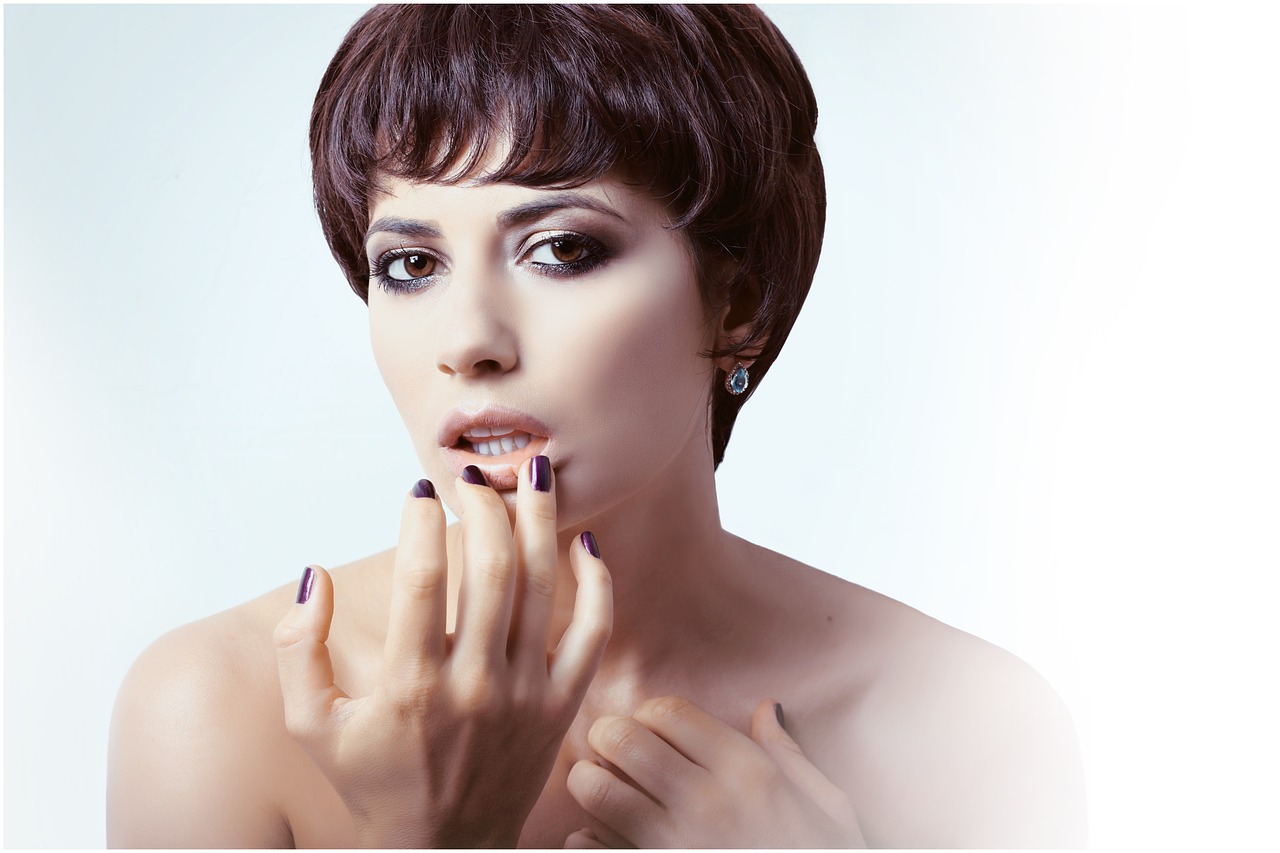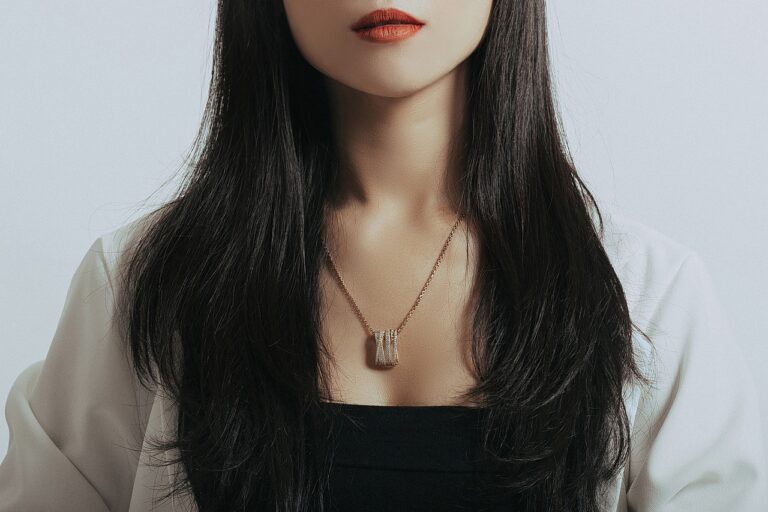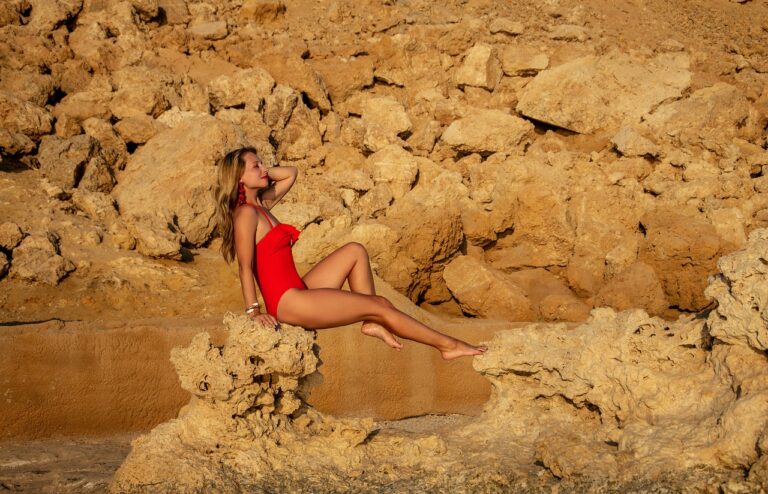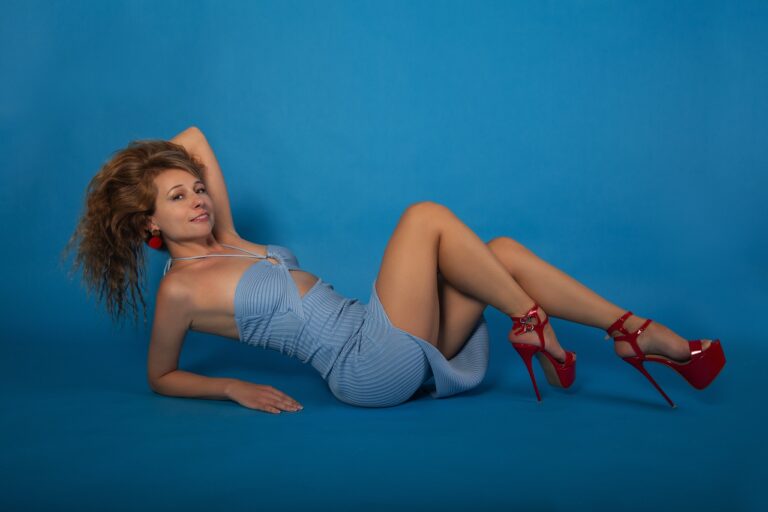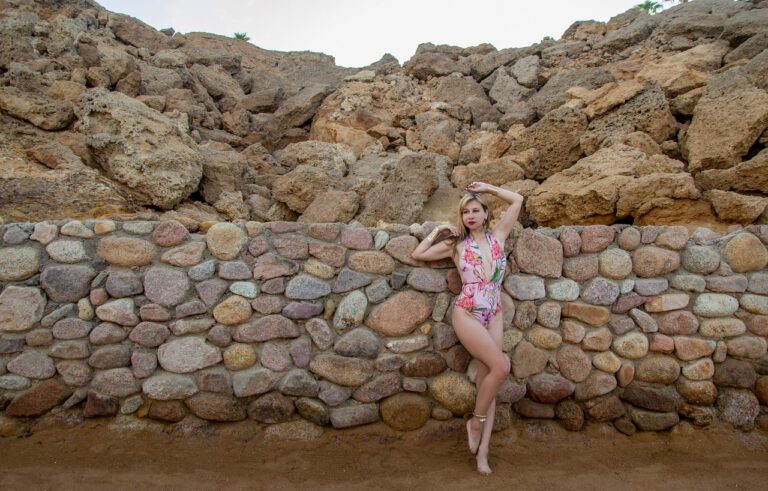Fashion as Art: Examining the Intersection of Fashion and Fine Art
Fashion has long been regarded as a form of artistic expression that transcends mere function and practicality. Through the centuries, clothing has evolved into a medium for creative individuals to showcase their unique perspectives and ideas. From the intricate embroidery of ancient civilizations to the avant-garde designs of modern fashion houses, the evolution of fashion as an art form reflects the shifting cultural landscapes and societal norms of the time.
The intersection of fashion and art has blurred the lines between the two disciplines, with designers drawing inspiration from various artistic movements and styles. Through innovative use of textiles, colors, and silhouettes, fashion designers weave together elements of form, texture, and symbolism to create garments that not only clothe the body but also provoke thought and evoke emotions. The evolution of fashion as an art form has opened up new avenues for creativity and self-expression, inviting individuals to engage with clothing as a canvas for personal storytelling and visual statements.
Historical Influences on Fashion and Fine Art
Fashion and fine art have always shared a symbiotic relationship throughout history. The intricate tapestries of the Renaissance era not only adorned the walls of grand palaces but also inspired luxurious garments worn by the elite of that time. Artists like Leonardo da Vinci and Michelangelo not only created stunning masterpieces on canvas but also influenced the silhouettes and detailing of clothing during their respective periods.
Moreover, the Art Deco movement of the early 20th century brought about geometric shapes and bold colors that transcended from architecture and visual arts into fashion design. The stylized and streamlined aesthetic of this era can still be seen in contemporary fashion trends, showcasing the enduring impact of historical artistic influences on the world of clothing and accessories.
• The intricate tapestries of the Renaissance era inspired luxurious garments worn by the elite
• Artists like Leonardo da Vinci and Michelangelo influenced clothing silhouettes and detailing during their respective periods
• The Art Deco movement of the early 20th century brought about geometric shapes and bold colors that transcended into fashion design
• The stylized and streamlined aesthetic of the Art Deco era can still be seen in contemporary fashion trends
Exploring the Concept of Wearable Art
Wearable art blurs the line between fashion and traditional art, transforming the human body into a canvas. Through innovative designs and unconventional materials, artists create pieces that challenge the typical boundaries of art. These wearable creations serve as a form of self-expression for both the designer and the wearer, allowing individuals to showcase their unique sense of style and creativity.
The concept of wearable art draws inspiration from various art movements and cultural influences, resulting in pieces that are both visually striking and thought-provoking. By merging elements of sculpture, painting, and performance art with fashion design, wearable art pushes the boundaries of what is considered traditional art. Each piece tells a story and conveys a message, turning the act of getting dressed into a form of personal expression and artistic statement.
What is wearable art?
Wearable art refers to clothing or accessories that are created as pieces of art, rather than just as practical garments.
How is wearable art different from traditional fashion?
Wearable art blurs the line between fashion and art, as it focuses on unique designs, materials, and craftsmanship that elevate the garment to a work of art.
What are some examples of wearable art?
Examples of wearable art include hand-painted silk scarves, sculptural jewelry, and elaborate costumes that are created with artistic expression in mind.
How does wearable art showcase individuality?
Wearable art allows individuals to express their unique style and personality through one-of-a-kind pieces that cannot be found in mainstream fashion.
What are the benefits of wearing wearable art?
Wearing wearable art allows individuals to support independent artists, stand out from the crowd, and make a bold fashion statement that reflects their artistic sensibilities.

